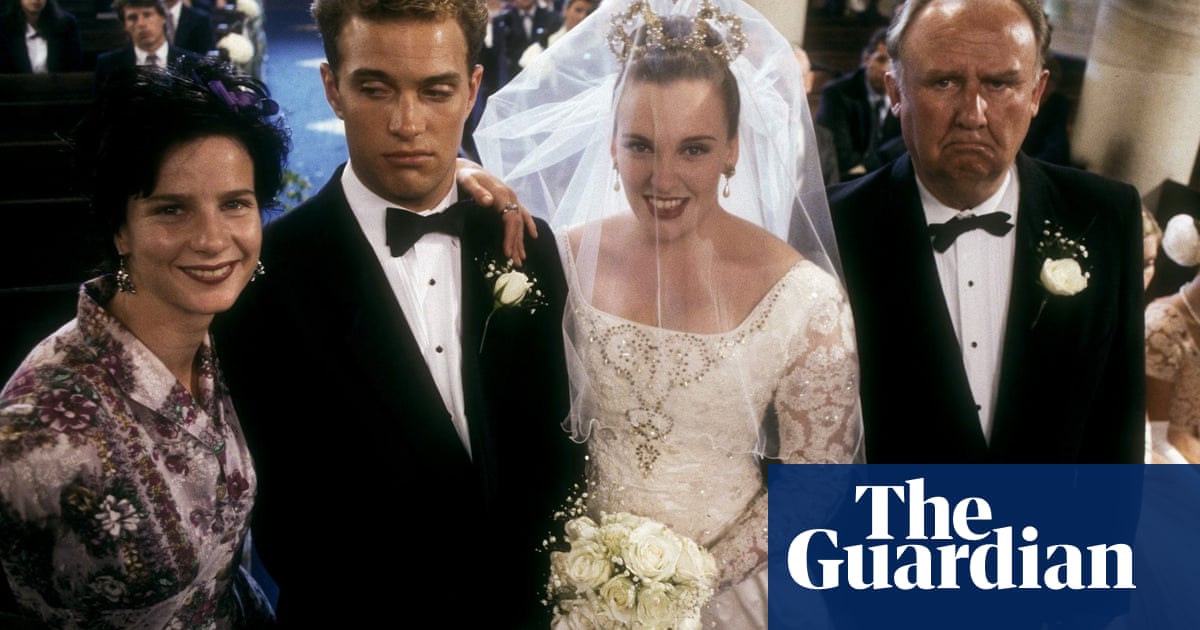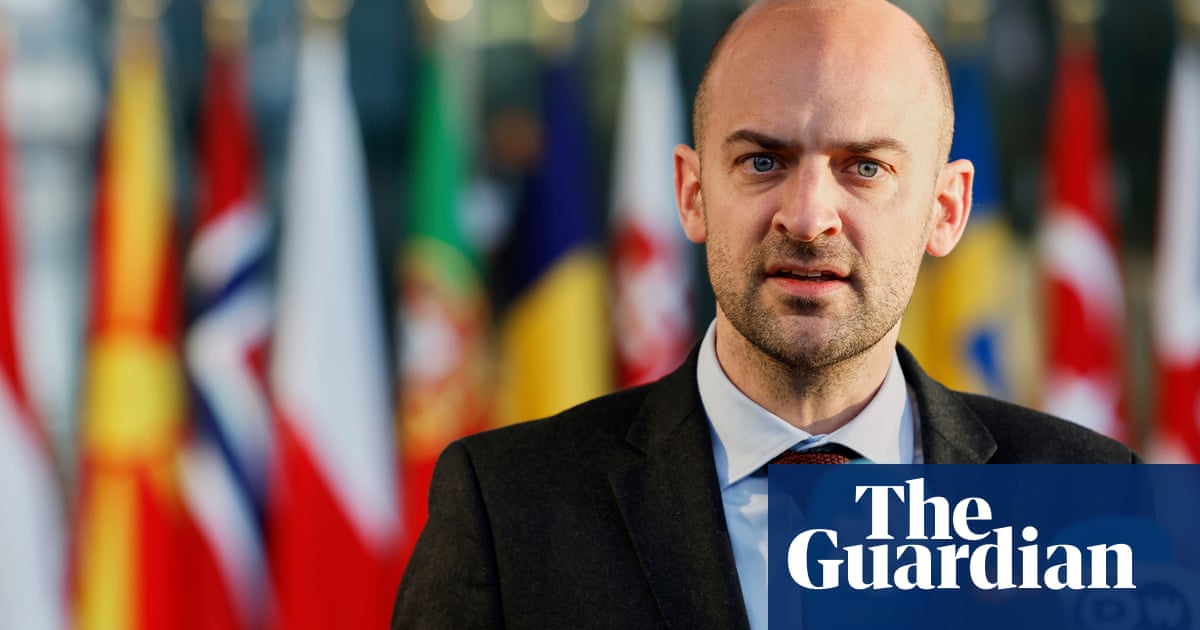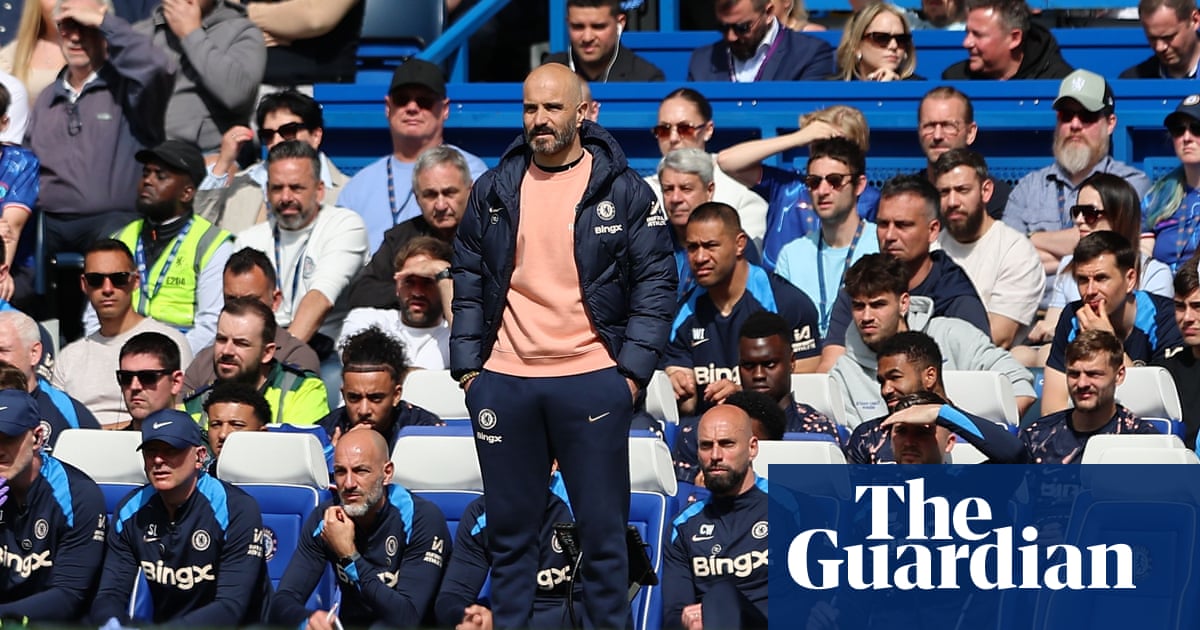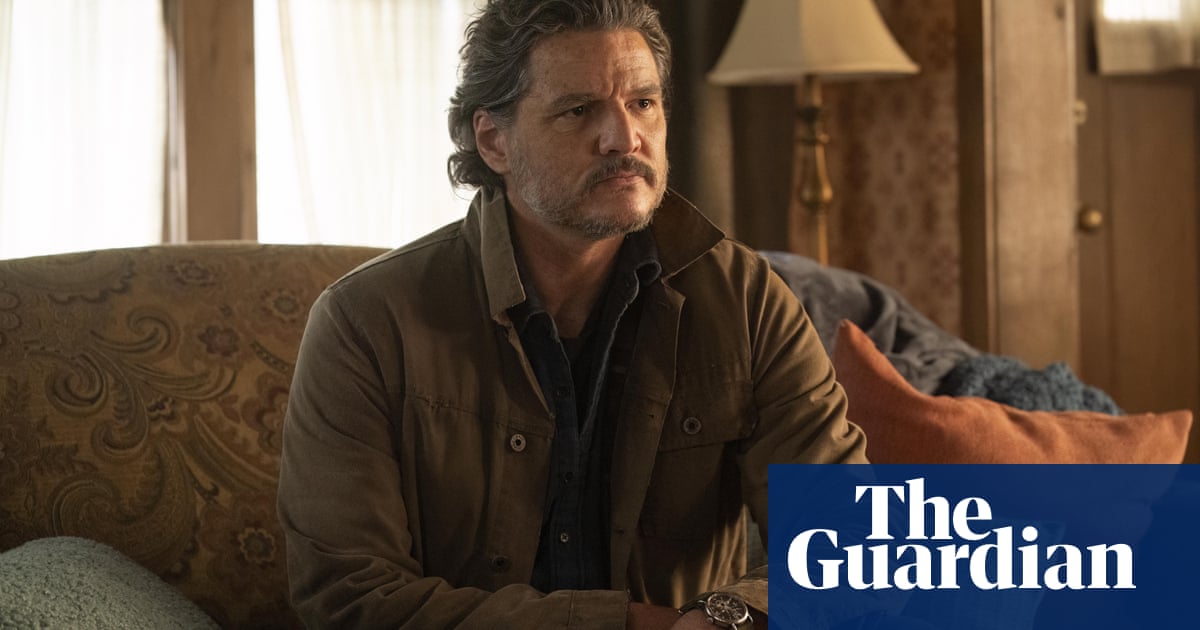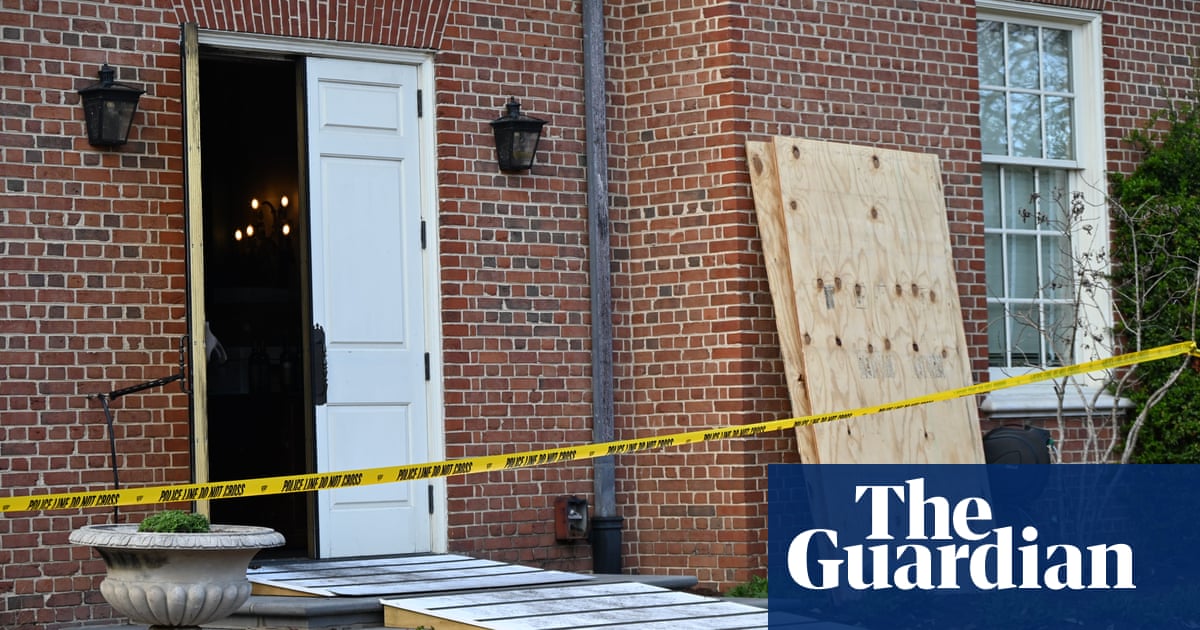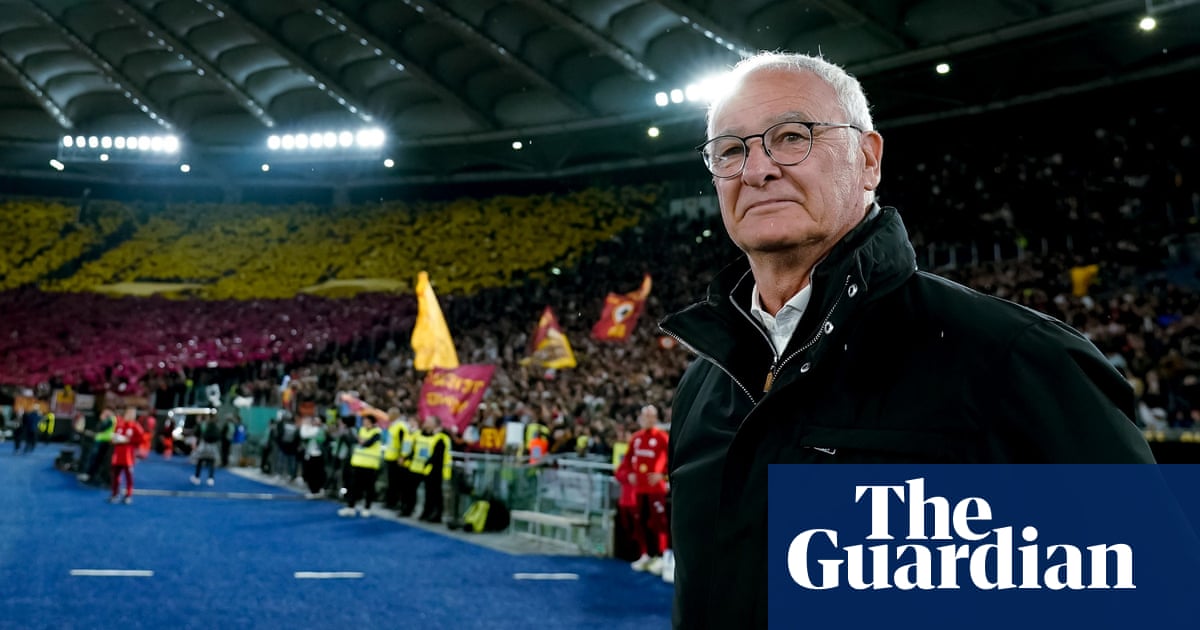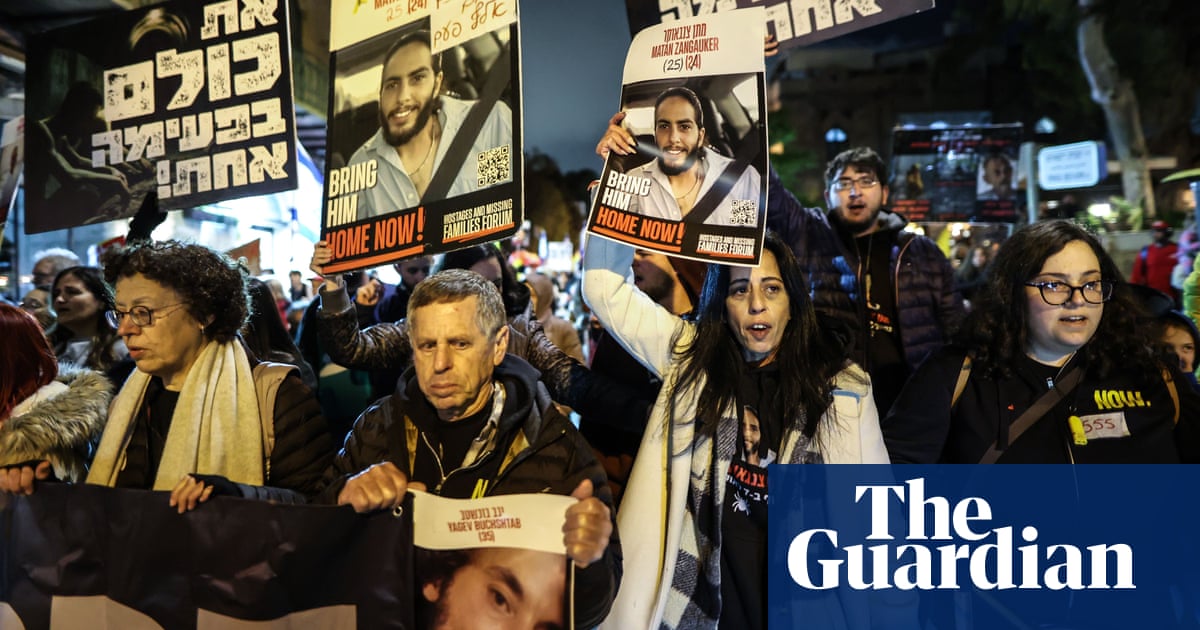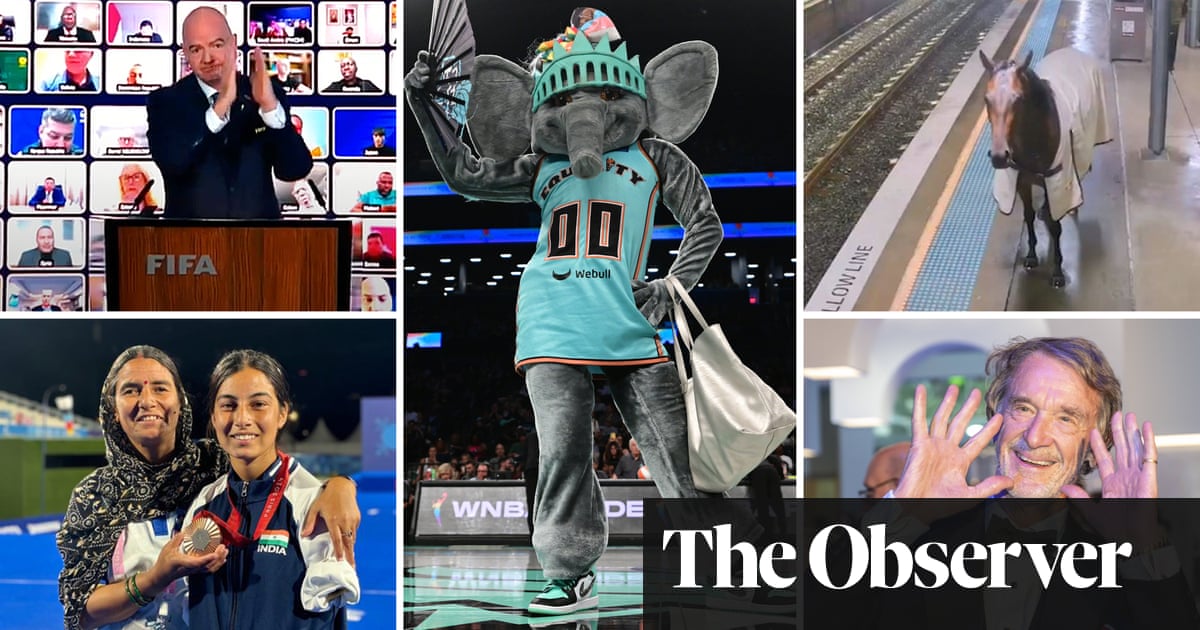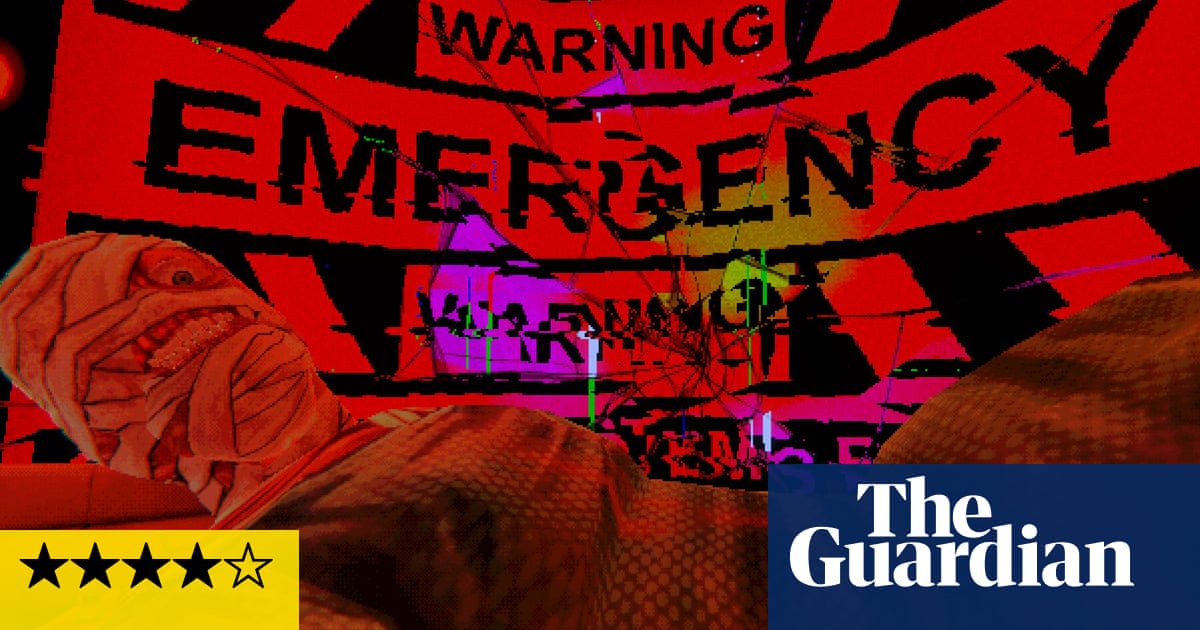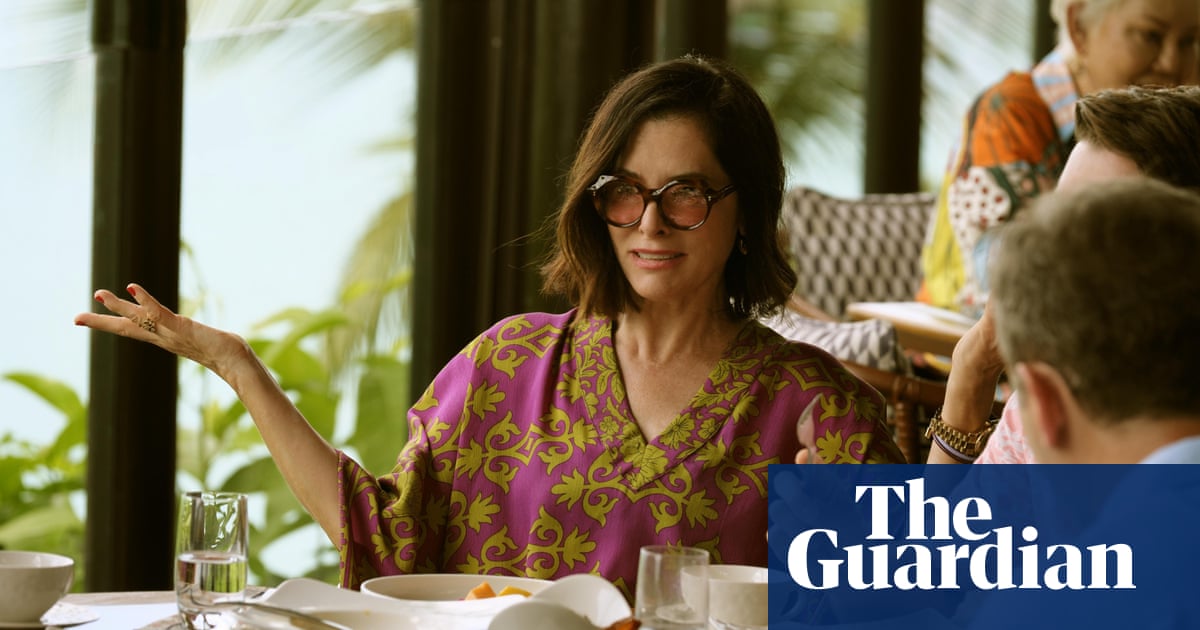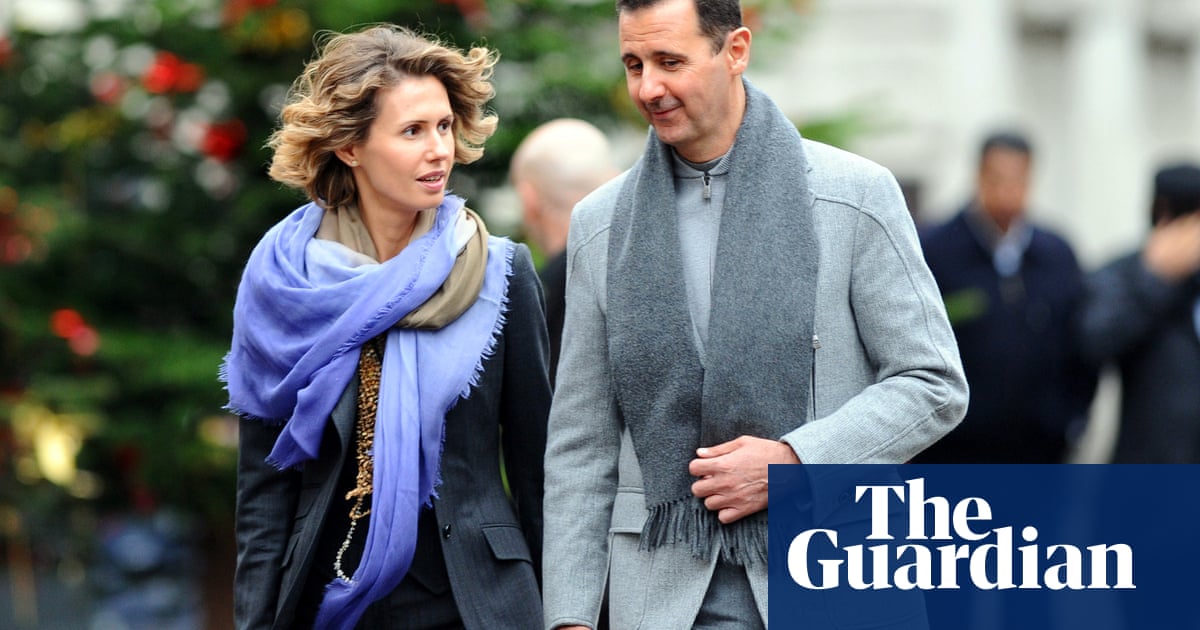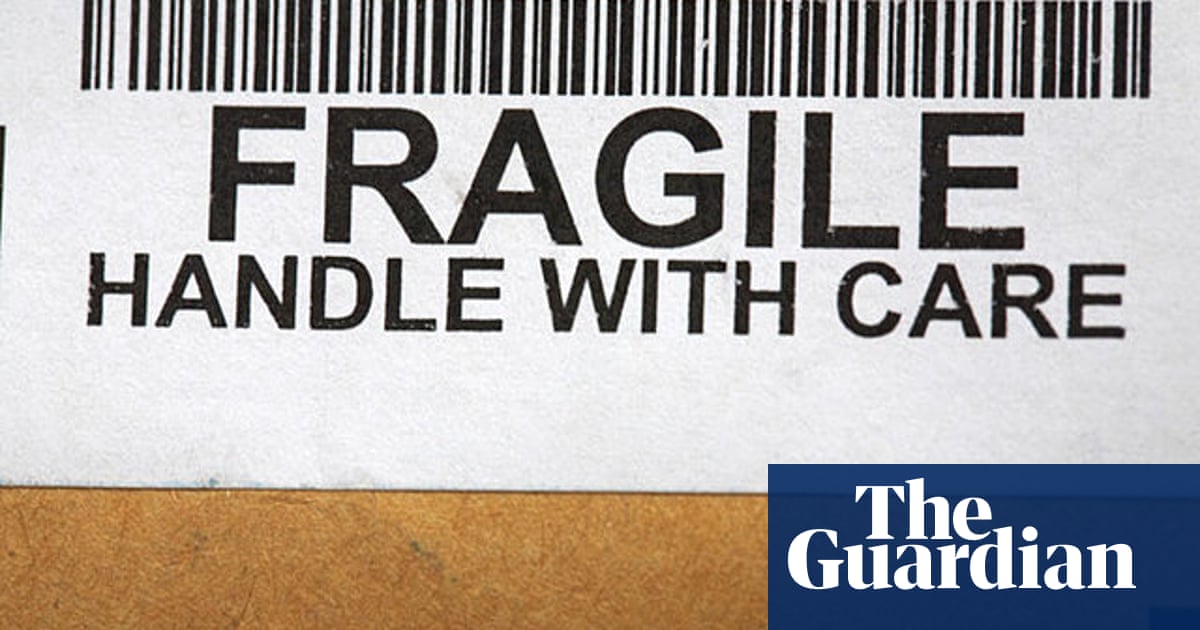John and Yoko. Greenwich Village. Television. Activism. Vietnam. Richard Nixon. Insects. Peace. This skittish, channel-surfing archival documentary, co-directed by Kevin Macdonald and Sam Rice-Edwards, touches on all of this and more. But it lingers on nothing. It’s a spry, fleet-footed film that makes an intriguingly angular and jittery companion piece to Peter Jackson’s weighty series The Beatles: Get Back, which explored, over nearly eight exhaustive hours, the making of the Beatles’ 1970 final album, Let It Be.
One to One, in contrast, covers an 18-month period shortly afterwards. It’s 1971. Unshackled from the Beatles and burned by the hostility of the British press, Lennon and Ono have upped sticks and moved to a bohemian two-room apartment in Manhattan’s Greenwich Village. The John Lennon we see in Jackson’s film can be abrasive, a guarded presence. In One to One, he’s lighter: engaged, curious and open, he seems positively chipper in some archival snippets. Ono, meanwhile, is reframed from the Beatles-wrecking succubus of popular media opinion at the time and shown as an articulate, if eccentric avant-garde artist who is candid about the personal cost of the hate campaign levelled against her. The move to New York is not just a relocation, but also, as the film tells it, a rebirth of sorts.
Well, that’s the approved narrative, at least. The film, which was made with support (and, one suspects, a considerable degree of oversight) from the Lennon estate, benefits from some extraordinarily revealing and intimate material, such as recordings of telephone conversations (Lennon believed they were being bugged and reasoned that he might as well be taping his phone calls if somebody else was already doing so). Footage threaded through this nonlinear collage film from the One to One concert at Madison Square Garden in 1972 – Lennon’s last full-length stage performance – is electrifying, particularly a barnstorming rendition of Come Together. But it’s also notable and somewhat frustrating that a veil is discreetly drawn over certain aspects of the Lennon-Ono relationship. There’s no indication, for example, that the end of the period that the film covers coincided with the temporary breakdown of their marriage, and Lennon’s affair with May Pang.
Together with his co-director, Macdonald, whose previous forays into biographical documentary include Marley (2012), Whitney (2018) and, most recently, High & Low: John Galliano (2023), adopts a deliberately jarring and scattershot approach here. It’s a picture about John and Yoko, certainly, but it’s as much about the turbulent time and place in which they found themselves. In this, there’s a clear parallel with Todd Haynes’s thrilling, febrile documentary The Velvet Underground, which extended its reach beyond the band to explore the wider cultural New York landscape. With One to One, the film-makers take as a jumping-off point a throwaway comment from Lennon about his appreciation of television. “It’s replaced the fireplace,” he says, describing it as a “window on the world”. A recreation of the apartment they shared shows a huge television looming over the bed. And cut together with the glimpses of Lennon and Ono, from interviews with journalists, audio recordings, home videos and live performances, is a barrage of ragged clips ripped from American television of the era.
Some of it ties into the life the couple carved out for themselves in Manhattan: we see firebrand activist Jerry Rubin emptying both barrels during a late-night chatshow. And Rubin, together with fellow rock stars of the countercultural movement such as Abbie Hoffman and Allen Ginsberg, was part of the circle within which Lennon and Ono moved. Elsewhere, the film skims through fragments of gameshows and advertisements – Cadillacs draped in bikini-clad showgirls, everything that the red-blooded all-American man could want in life – and delivers a skittering sensory assault of attention-grabbing headlines snatched from the rolling news coverage. We see Nixon, with his pinched, thin-lipped, lying smile. Shell-shocked reporters reeling from the Attica prison riot. The bruising horrors of Vietnam. High and low culture, news and current affairs: all of it, the film suggests, mainlined by John and Yoko.
At times, the editing and far-ranging archival reach put me in mind of last year’s Soundtrack to a Coup d’Etat by Johan Grimonprez, another documentary that weaves together music and politics to exhilarating effect. If One to One lacks some of the elegant intellectual rigour of Grimonprez’s picture, I suspect it’s no accident. For John and Yoko, accustomed to British TV’s sedate three channels, the brash noise and broad horizons of US television must have felt like a step into the wild west. The film’s rattling pace and haphazard focus reflect the couple’s voracious, if at times unfocused appetite for ideas and issues.
Released from his Beatles responsibilities, Lennon apparently made the most of the newfound freedom. The excitement and enthusiasm in his voice as he bounces ideas for music and activism during a phone call is infectious and vital. Ultimately, One to One might not reveal a huge amount that’s new about Lennon, but it makes him feel bracingly alive in a way few other documentaries have managed.
-
In UK and Irish cinemas

.png) 1 day ago
8
1 day ago
8




